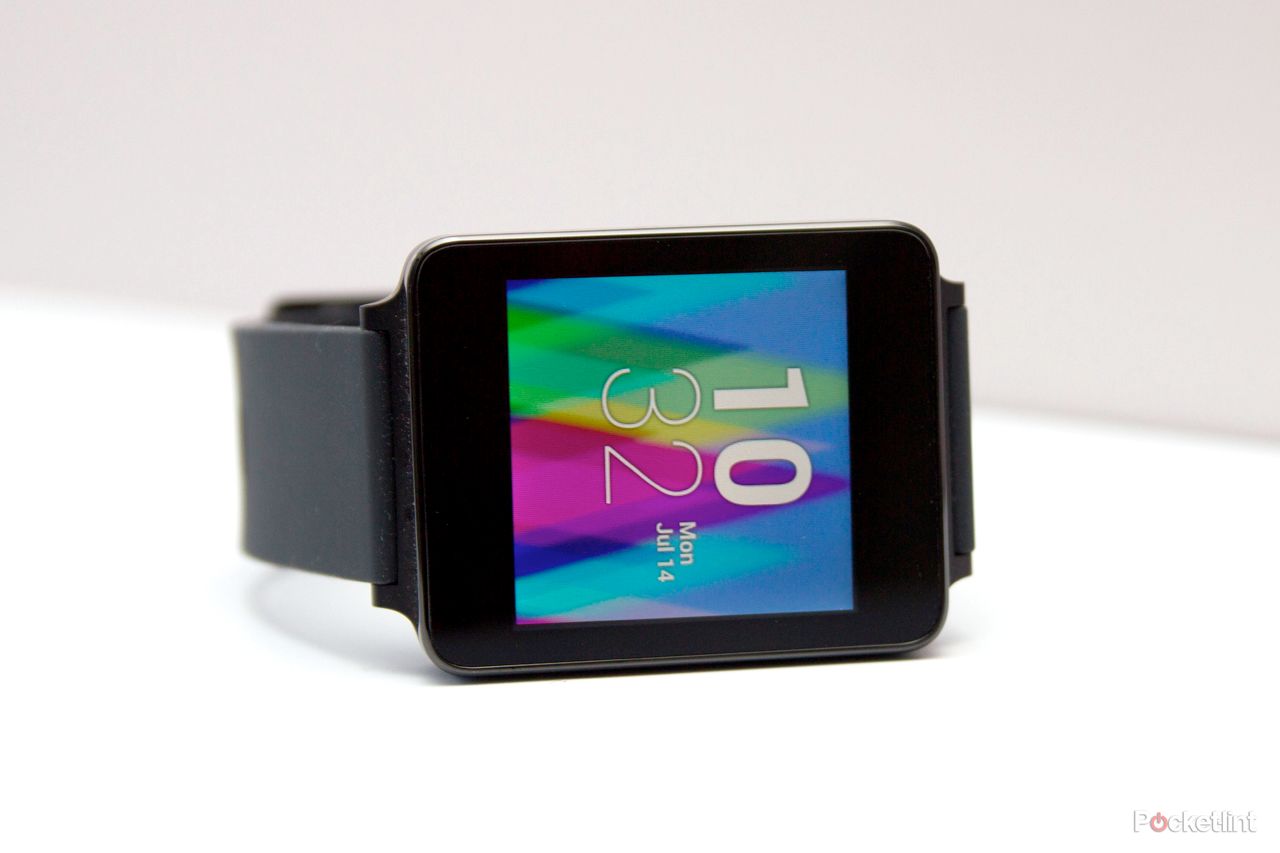With IFA 2014 under our belts and on the eve of the big Apple reveal on 9 September, wearables are pulled sharply into focus.
Rumours are pointing to Apple launching the iWatch. Long rumoured, but so far absent from the agenda. With 2014 being so heavily focused on wearable tech, it feels like the perfect moment for the iWatch launch.
Technology has brought us to the point where much of what a smartwatch needs to be is possible. We've had power advances, display advances, as well as the launch of new platforms to make a more vibrant market than ever before.
Android Wear was announced in March 2014, previewed with devices at Google I/O in June, before the initial devices came to market more recently.
There was a palpable excitement about finally having a smartwatch platform from Google closely tied to Android and compatible with a huge range of smartphones, unlike some of the early attempts, like the Samsung Galaxy Gear.
Android Wear has seen its ranks swollen significantly in the past few days at IFA 2014. The first Android Wear devices - the LG G Watch and the Samsung Gear Live - feel almost obsolete.
When we reviewed the LG G Watch, it didn't blow us away and the launch of the G Watch R perhaps explains that. The G Watch feels like an OEM device, the G Watch R feels like the device that LG actually wants to sell.
But with a wide range of Android Wear devices now getting launched, there's little that sets them apart. Sure, there's round, or curved, but having cast our eyes across them, the expansion of Android Wear hasn't lead to the excitement we expected. It is already starting to feel a little common, as everyone queues up to announce their identikit wearable.
We wouldn't be surprised to see cheap unbranded smartwatches appearing fairly soon that fly the Android Wear flag. That's not really what we wanted Android Wear to be and it reminds us of the early years of Android tablets, where a lot of people produced undesirable tablets, because they could. There's a danger it'll become a bit "meh".
For a few months, the Moto 360 was the poster boy for Android Wear, but some of those who have set eyes on it have given a slightly nonplussed reaction. Talk of miserable battery life and a round display that hacks a chunk off the bottom, shatters the illusion of this Android Wear darling device. This isn't what we'd expected.
People are already talking about waiting for second-gen Android Wear before they commit, suggesting that the current line-up has failed to impress, and failed to impress the sorts of people who are early adopters.
This situation, like it or not, hands the baton to Apple. One device, unique, hooked into the Apple ecosystem and having learnt the lessons that Android Wear has tripped over, like not being able to read it in sunshine, will leave Android Wear wondering how it managed to eat itself.
This might sound harsh on Google's fledgling wearable platform, but we suspect that's how customers will see it: iWatch with a single cohesive strategy, Android Wear as a disparate array of devices. What we want is an Android Wear device we feel we have to own and will be proud to wear. At the moment we don't feel we have that.
Unfortunately for Google, that's exactly what Apple is good at doing.

